There are many works of classical music that just leave me awe struck, whether because of their beauty, spirituality, complexity, or passion. On a different path are many classical works that are very dark, melancholy, provocative, and often shocking and disturbing. Some of these pieces may be intense and chaotic but upon listening there is a profound ordering and beauty. Within this context, there are a rare few of composers that delve deep into the psyche to produce great music that touches the most vulnerable part of our soul.
My mother was a classical pianist and I grew up listening to classical and romantic era music. As I grew older my tastes expanded into ‘modern’ classical music and jazz. Modernist music grew in the 20th Century. It has an innovative and disruptive approach to musical harmony, melody, rhythm, tonality, expression, and dissonance. Some of the modernist works have become icons among the great classical and romantic pieces.
Quotes On Beauty In Music
“Music is the mediator between the spiritual and the sensual life.” Ludwig van Beethoven
“What is best in music is not to be found in the notes.” Gustav Mahler
“Music is a higher revelation than all wisdom and philosophy.” Ludwig van Beethoven
“Music is a moral law. It gives soul to the universe, wings to the mind, flight to the imagination, and charm and gaiety to life and to everything.” Plato
“The music is not in the notes, but in the silence between.” Wolfgang Amadeus Mozart
“To send light into the darkness of men’s hearts – such is the duty of the artist.” Robert Schumann
“Poetry and music evoke beauty, move the sentiments of Taste… The longing for a higher loveliness unable to be attained by the soul.” Edgar Allan Poe
“Music produces a kind of pleasure which human nature cannot do without.” Confucius
“A thing of beauty is a joy forever.” John Keats
“Music is the language of the spirit.” Bob Dylan
“Music is the divine way to tell beautiful, poetic things to the heart.” Pablo Casals
“Music expresses that which cannot be put into words and that which cannot remain silent.” Victor Hugo
“Without music, life would be a mistake.” Friedrich Nietzsche
Prokofiev’s Romeo & Juliet Ballet Death Scene Finale

Sergei Prokofiev
Sergei Prokofiev (1891-1953) a Russian composer who was one of the major composers of the 20th Century. He composed ballets, operas, symphonies, concertos, piano sonatas, plus the popular children’s suite Peter and the Wolf. After the Russian Revolution, Prokofiev emigrated to the U.S. and then France in 1920. He returned to Russia (Soviet Union) in 1936. He worked with ballet choreographers George Balanchine and Serge Diaghilev.
Romeo & Juliet Ballet Death Scene
Played by the Cleveland Orchestra.
Based on William Shakespeare’s tragedy play of forbidden love. Romeo and Juliet by Sergei Prokofiev is one of the most popular classical ballets. Critics claim it is the best ballet musical score. The work is very modern, bold, original, and distinctive. Prokofiev composed the ballet in 1935. The Death Scene is very dark, powerful, and heart wrenching.
Chopin’s Ballade No. 1 in G Minor, Op. 23

Frederic Chopin (1810- 1849) was a Polish composer whose poetic genius attained worldwide recognition and fame. He is ranked as one of the world’s greatest and one of most prolific composers of all time. His music has a reputation of being incredibly challenging. His emotional depth placed him above his peers. Chopin said, ”Simplicity is the final achievement.”
Ballade No. 1 in G Minor, Op. 23
Played by Valentina Lisitsa.
A masterpiece, genius, majestic, very popular, dark yet tender, dramatic tension. Composed in 1835, is one of Chopin’s greatest and most popular works. Robert Schumann said, “A work closest to his genius.” The piece has been used in many films and was featured in the 2002 movie The Pianist.
Mozart’s Requiem Mass in D Minor K. 626, Lacrimosa Movement
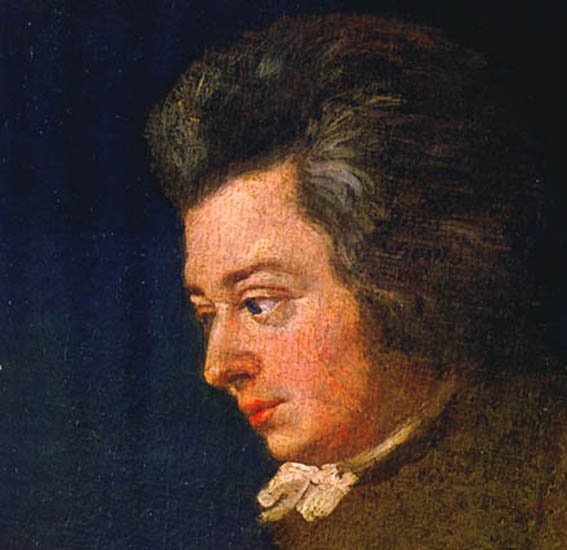
Wolfgang Amadeus Mozart (1756-1796), of Austria, is regarded as a phenomenal genius and one of the greatest composers in history. He is admired for his melodic beauty, its formal elegance, and the richness of harmony and texture. His work is thrilling, bold, innovative, and considered the pinnacle of musical composition. He was influenced by the music of Bach, Handel, and Hayden.
Requiem Mass in D Minor K. 626, Lacrimosa Movement
Played by Berlin Philharmonic.
Awe inspiring, the Requiem transcends to the beyond and touches the Divine. It delves deep into that part of the soul where we are most vulnerable. Mozart wrote it as he was dying. One of the greatest works in the history of music – powerful and triumphant. The whole mass is beautiful, it was composed in 1791. It was played at President John F. Kennedy’s funeral. The Lacrimosa Movement in the third section is hauntingly beautiful, tender, and breathtaking. The work was featured in the 1984 movie Amadeus.
Rachmaninoff’s Etude No. 1 in C Minor, Op. 39
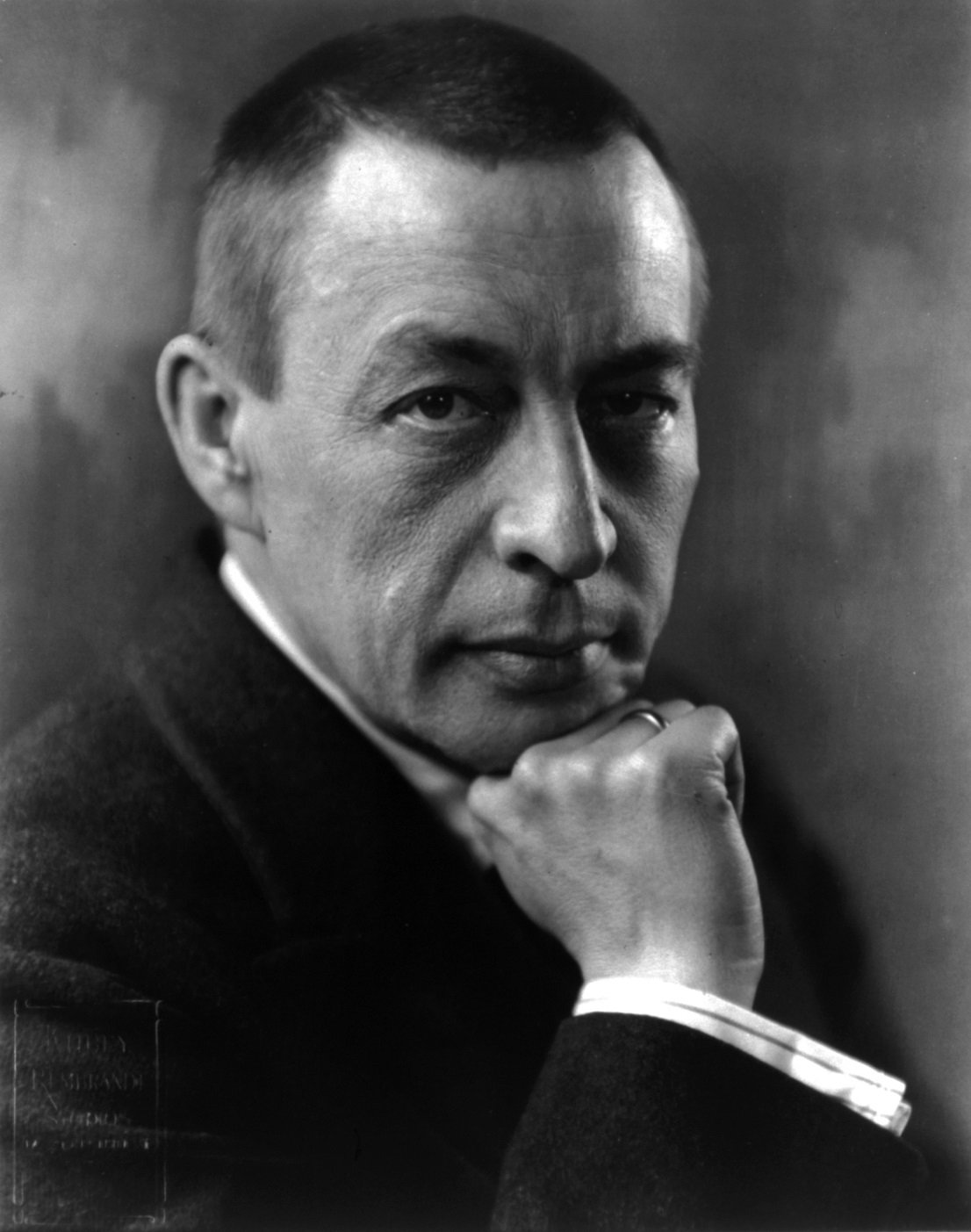
Sergei Rachmaninoff (1973-1943), Russian-American, was one of the most popular and influential composers and concert pianists of the 20th Century. His music is always popular, often played in concerts, and has been used in nearly 300 film and TV show soundtracks. Born into a noble family, he and his family fled the Russian Revolution to the U.S. He made a living as a concert pianist and became the highest paid pianist in the world.
Etude No. 1 in C Minor, Op. 39
Played by Yuja Wang.
Composed in 1917, the Etude is very modernistic and innovative. Rachmaninoff’s etudes are meant to evoke a visional image with the listener.
Schubert’s Death and the Maiden, String Quartet No. 14 in D Minor, D810
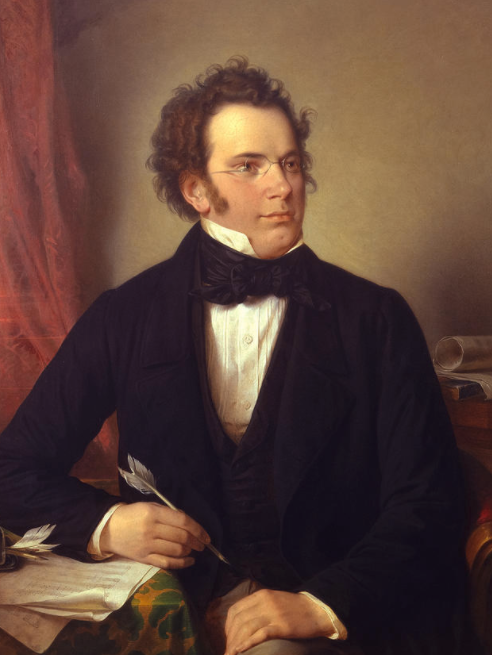
Franz Schubert (1797-1828) of Austria is considered one of the greatest and most popular composers in history. He composed more than 600 works of symphonies, lieder songs, and chamber music. Robert Schumann said, “He achieved and perfected things as no one before him.” Schubert was relatively unknown and after his death his music was popularized by Mendelssohn, Schumann, Chopin, Liszt, Brahms, Dvorak, Berlioz, Strauss, and others.
Death and the Maiden, String Quatet No. 14 in D Minor, D810
Played by the Alben Berg Quartet
Driving, bold, dynamic, dramatic, haunting, the quartet is considered a ‘pillar’ of chamber music. Schubert wrote it as he was dying and it has gained enduring popularity. Used in any movie soundtracks.
Beethoven’s Grosse Fuge in B-flat Major, Op. 133
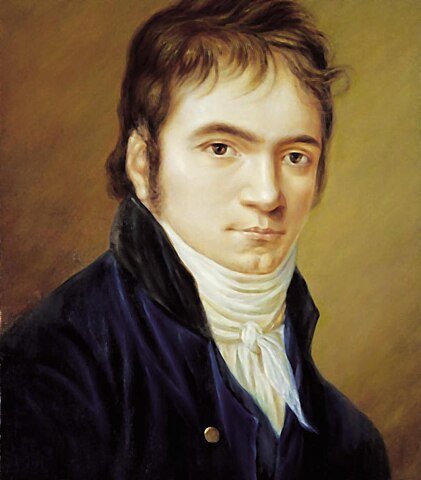
Ludwig Beethoven of Germany (1770-1827) stands at the pinnacle of greatness along with Mozart and Bach. One of the greatest, most popular, and most influential composers in history who revolutionized music. Among a small elite of artists who touch the Divine spark within our soul. Very prolific with symphonies, concertos, sonatas, quartets, overtures, trios, and more.
Grosse Fuge in B-flat Major, Op. 133
Played by the Julliard String Quartet
A genius masterpiece, Beethoven’s most complex work that is a hundred years before it’s time. One of his late compositions. Very striking, bold, complex, dark, and disturbing. The ultimate Beethoven, a Promethean giant towering above us mere mortals.
Ravel’s Gaspard de la Nuit, No. 3 Scarbo

Maurice Ravel (1875-1937) of France associated with musical impressionism and modernism. Composed many popular works which are known for their melody and unique experimentation.
Gaspard de la Nuit, No. 3. Scarbo
Played by Valentina Lisitsa.
A unique piano suite that breaks established rules and is complex and very challenging. The work uses special effects to evoke uncanny feelings and haunting, spooky images. The theme of the suite is of a mischievous goblin at night.
Tchaikovsky’s Swan Lake Theme
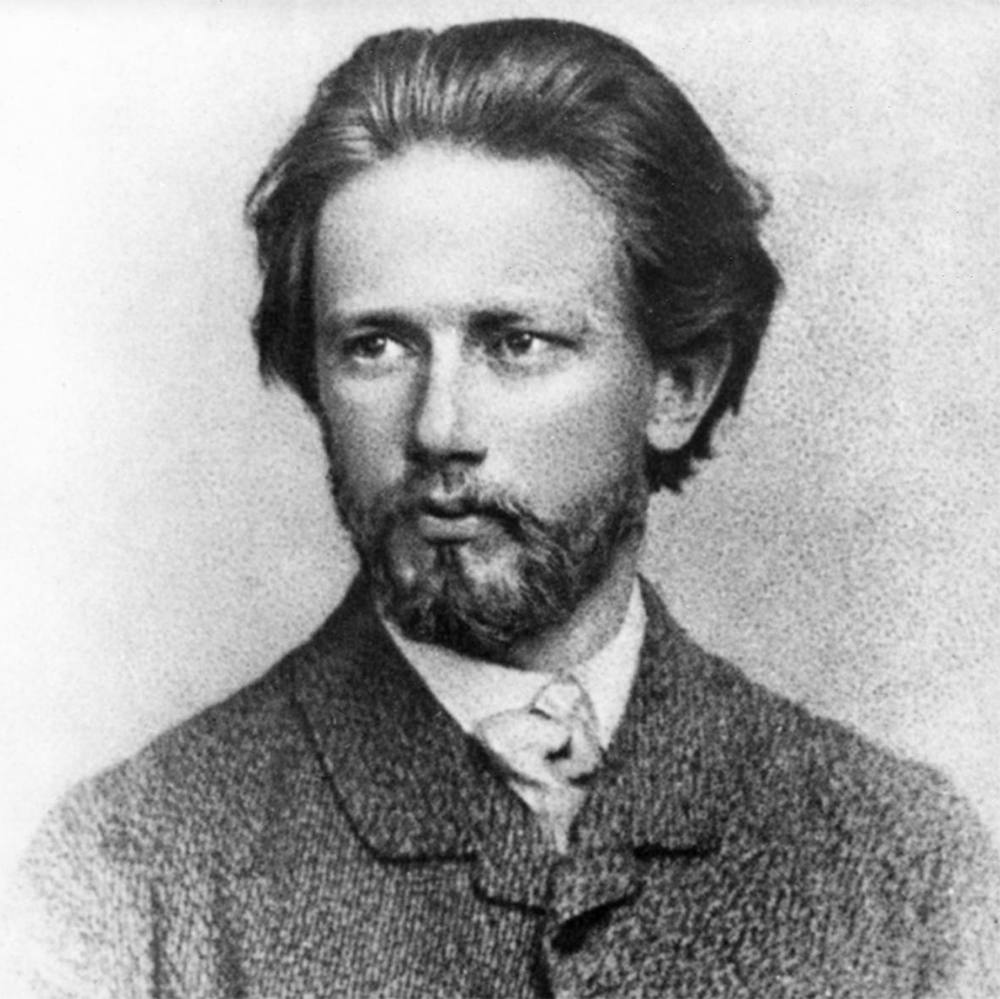
Pyotr Tchaikovsky (1840-1893) is one of the most popular composers in history with his ballets, overtures, symphonies, and chamber music. His music is romantic, dramatic, majestic, and enjoyable.
Swan Lake Theme
Played by the London Philharmonic.
From the Swan Lake Ballet. Very dark evoking a sense of desperation. Played in many movies.
Shostakovich’s String Quartet No. 8 in C Minor, Op.110

Dmitri Shostokovich (1906-1975) of Russia is considered one of the most popular and influential composers of the 20th Century. His work painted the dark, brutal reality of living under Soviet totalitarian oppression. He was celebrated then denounced by the state, then became a national hero.
String Quartet No. 8 in C Minor, Op.110, Second Movement
Played by the Emerson Quartet.
The quartet, composed in 1960, is famous for its frantic and fast-paced intensity. It is dark, stark, and bold, screaming desperation
Silbelius’ The Swan of Tuonela, Op22
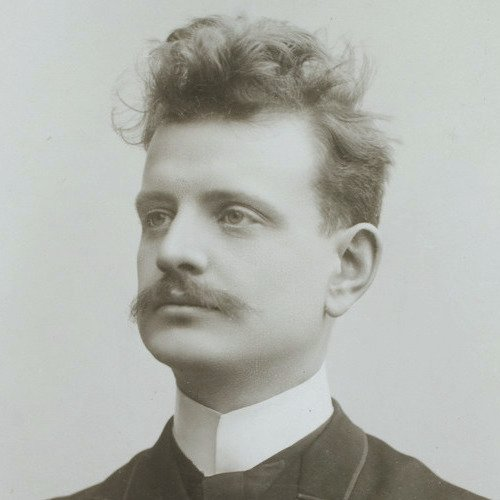
Jean Sibelius (1865-1957) of Finland composed many popular works. He helped establish Finnish nationality and stopping Soviet aggression.
The Swan of Tuonela, Op22
Played by the Berlin Philharmonic.
A dark and mystical suite based on Finnish mythology of a swan floating through Tuonela, the realm of the dead.
Verdi’s Dies Irae

Guiseppe Verdi (1813-1901) one of the great composers of famous and popular Italian operas, such as Rigoletto, Il Trovatore, La Traviata, Aida, and others.
Dies Irae from Requiem Mass
By the New York Metropolitan Opera.
The Dies Irae choral piece is dark, bold, and high energy. It depicts the apocalyptical Day of Wrath.
Bartok’s Music for Strings, Percussion, and Celesta
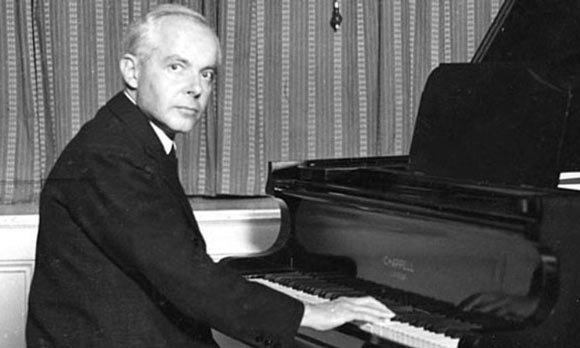
Bela Bartok (1881-1945) of Hungary is one of the most influential composers of the 20th Century, influencing both classical and jazz music. He emigrated to the U.S. to avoid the Nazis in World War Two. Bartók’s music is part of modernism with the breakdown of the diatonic system of harmony used by composers for the previous two hundred years. He called his style of music is his Night Music characterised by “eerie dissonances providing a backdrop to sounds of nature and lonely melodies”.
Music for Strings, Percussion, and Celesta, Sz.106, BB114, Second Movement
By the Chicago Symphony
The piece is a slow fugue which is his most celebrated and best known works. It is unique, intense, and chilling. It has been used in many movies.
Stravinsky’s Rite of Spring
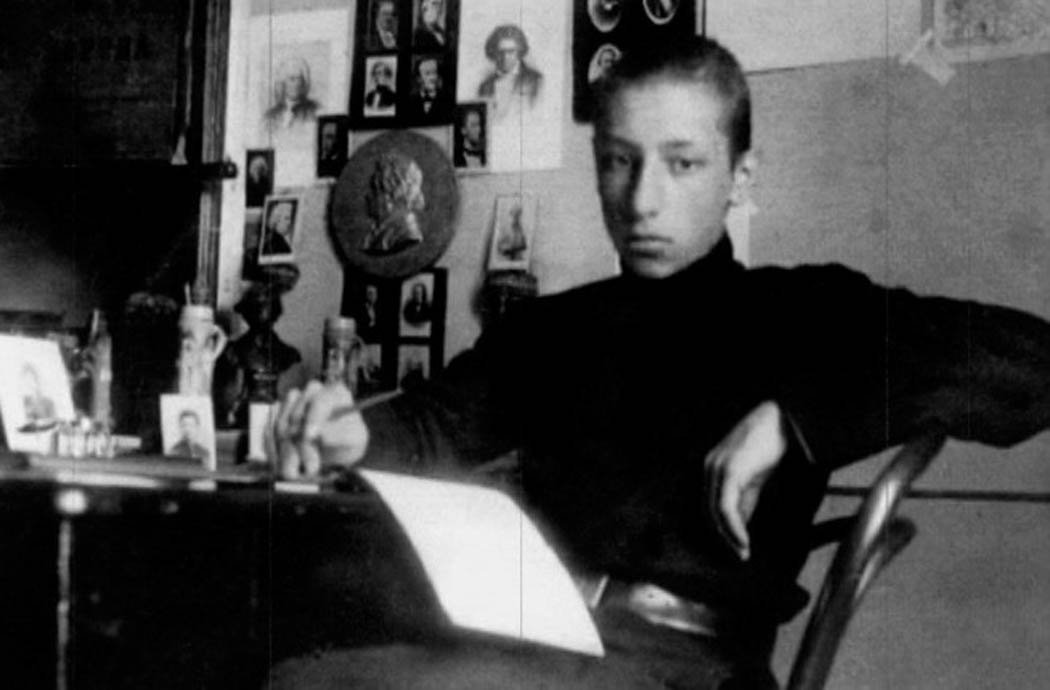
Igor Stravinsky (1882-1971) of Russia is one of the most important composers of the 20th Century. He made radical changes in classical music in experimentation, tonality, rhythm, and dissonance.
Rite of Spring, Sacrificial Dance, Finale
Played by the London Philharmonic.
Stravinsky’s masterpiece modernistic ballet which caused a sensation. Unique, innovative, primitive, striking, bold, and dynamic.



